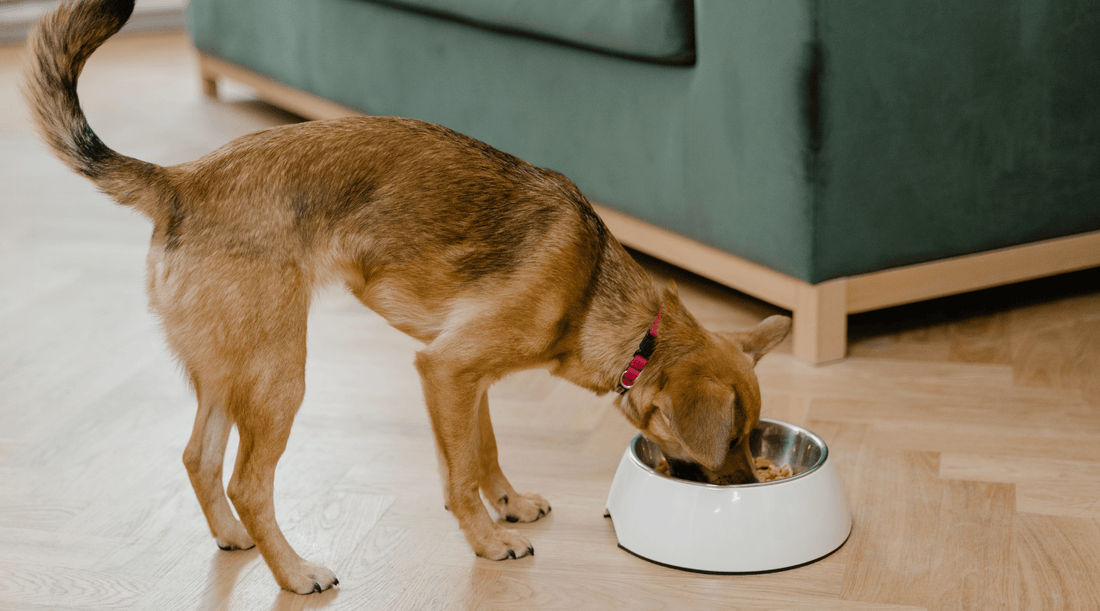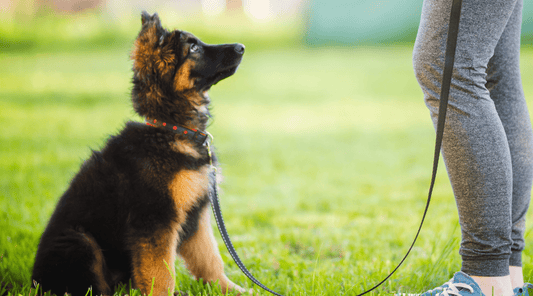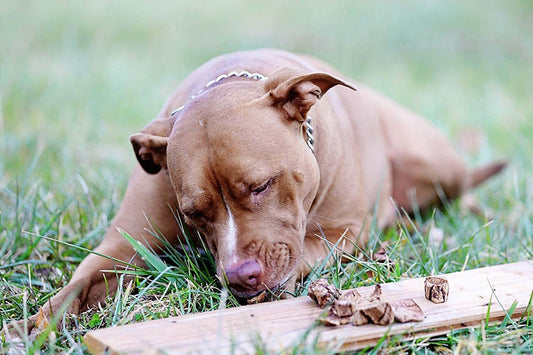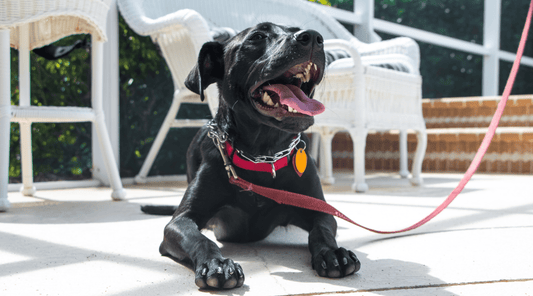
How Often Should I Feed My Dog: Why Pixie Thinks It's Every 15 Minutes
Dawn Miller Apr 11, 2025It was one of those crisp, breezy mornings in the neighborhood park—the kind where you don’t need a jacket but DO feel the chill just enough to keep you moving.
Pixie and Bruno were already racing each other across the grass, their noses buried in some old leaf piles now disintegrating into spring.
“Hey Dawn!” Our local dog trainer, Gina, waved from the picnic table where she’d spread out training treats for her latest class. “Want to join us for a quick training session?”
Before I could answer, Pixie had already made her way over, sniffing madly. She’s always convinced that Gina's pockets are filled with beef lung bites from K9 Connoisseur.
And to be fair, she’s usually right.
“I swear, Pixie would work for treats all day if I let her,” I laughed.
Gina chuckled. “Well, the key is knowing how often you should feed my dog, and making sure those treats don’t turn them into little butterballs."
"Adorable, yes. But not great for aging joints," I retorted, sparking a discussion about how many dog treats is too many and what time should I feed my dog?
How Often Should I Feed My Dog?
The ideal feeding schedule depends on your dog’s age, size, activity level, and metabolism. Some dogs seem perfectly fine eating just once a day—count me out for that frequency.
Others do better with multiple feedings that add up to the total daily amount. It's important not to forget dog treats in that schedule. If you train with your dog daily and randomly, be sure to count that as a feeding.
Dog treats should be no more than 10% of your dog's diet, even if those treats are super nutritious beef marrow dog bones.
Here's a general breakdown based on age:
1. Puppies (0-6 months)
- How often should I feed my dog? Three to four times per day.
- Puppies burn through calories quickly because they’re growing like weeds. They need smaller, more frequent meals to keep their energy up. Puppies need a lot of protein. So supplement protein with a high-value dog treat like beef lung bites.
2. Adult Dogs (6 months to 7 years-ish)
- How many times a day should dogs eat? Generally, twice a day—once in the morning and once in the evening.
- High-energy breeds or working dogs might need a midday snack. But for most dogs, two meals plus a dog bone session or treat-based training session is just fine.
3. Senior Dogs (7 years and older)
- What time should I feed my dog? Twice a day is usually best, morning and evening. But smaller, more frequent meals can be beneficial for dogs with certain health issues, like diabetes. Of course, consult their vet on that. I'm not a dog doctor.
- As metabolism slows down, portion control becomes even more critical. Sometimes, the appetite doesn't diminish as fast as activity levels decline. So, you'll need to make some manual adjustments.
- Weight gain can be very harmful in older dogs. From increased heart problems to diabetes to wobbly joints, simply helping your dog stay fit and svelte can reduce many dog health risks. Of course, when it comes to healthy joints, finding the right glucosamine supplements certainly helps, too.
How Many Dog Treats Is Too Many?
According to Pixie, this limit doesn't exist. It’s easy to lose track of how many treats you’re giving your dog throughout the day if you give them randomly—because, well, they deserve it.
In our home, we're training with treats, playing games with treats, and I'm trying to keep them entertained during Zoom calls with my clients. So here's what I've found works.
- Use Small Pieces - Break treats into tiny bits so you can reward frequently without overfeeding. Now, most treats crumble, so I look for this in dog treats. One beef lung treat can easily become 4-5 treats with no mess.
- Mix Up Rewards - Treats aren't the only way to train a dog. I mean, they speed up training, for sure. But as your dog gets into a training routine, intermittent treat rewards work best. Use praise, toys, etc. I share how to train with non-food rewards here.
- Limit Treats to Training Sessions - If Pixie’s not actively learning something new, she doesn’t get a treat very often. Expressing love with food is so ingrained in some of us. But if you think you might be overfeeding, this is one way to cut back. If you absolutely must, use a command first. Now, you're at least incorporating some physical activity into the reward.
- Choose high-value treats - High-value treats are irresistible to dogs. Pixie works hard for her money (I mean treats). But these better dog treats are also super-nutritious with no added sugar or weird additives. I can feel good about giving these to my dogs. And my dogs are more than happy to eat them. In our lives, high-value treats are synonymous with beef lung bites, single-ingredient and grass-fed beef with collagen protein, omega 3, B vitamins, and even glucosamine that dogs need to have optimal dog health.
- Make room for dog bones and trachea chews - Grass-fed beef marrow bones are a substantial treat. But dogs don't eat them all at once. One marrow bone can last for weeks if I freeze it in between short sessions, 2X a week. Bone marrow is rich in omega 3, omega 6, and protein. Plus, dogs get dental health and mental health benefits from chewing on the bones or trachea chews. They're worth making room for.
- Don't forget to target the other side of the equation - Help your dog be more active by teaching them to play games with you, making walks more fun, and learning dog commands. Regular physical activity is critical for dog health. And lets be honest, most dogs probably aren't getting enough. When you make exercise fun for them—and you—it's easier to create a healthy routine.
To learn more about how to start a regular dog training routine and teach them some cool tricks, check out the 7-Day Dog Training Challenge for step-by-step guides on how to make the most of training treats.
👉 Join here
What Time Should I Feed My Dog?
Dogs thrive on routine. Feeding them at the same time every day helps with digestion, metabolism, and even mood.
In our house, Bruno and Pixie eat twice a day—once in the morning around 7 AM, and again around 6 PM. But training treats are another story.
How to Tell If You’re Overfeeding Treats
It’s easy to overestimate how many treats your dog can safely have—especially when those puppy-dog eyes bore straight into your soul.
Signs your dog might be getting too many treats:
- Weight gain
- Reduced interest in meals
- Digestive issues (like loose stools or vomiting)
Always consult your dog's veterinarian if you have more questions about how much to feed your dog.
Available On:


Disclosure: This article may contain affiliate links, which means we may earn a small commission if you make a purchase through these links—at no extra cost to you. We only recommend products we trust and believe will benefit you and your K9.



